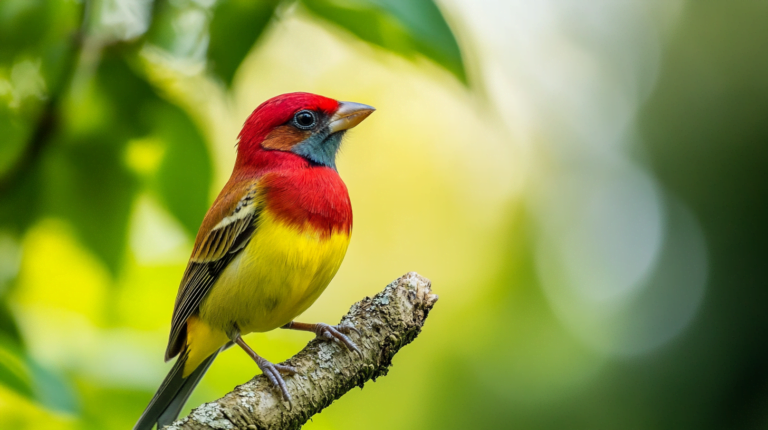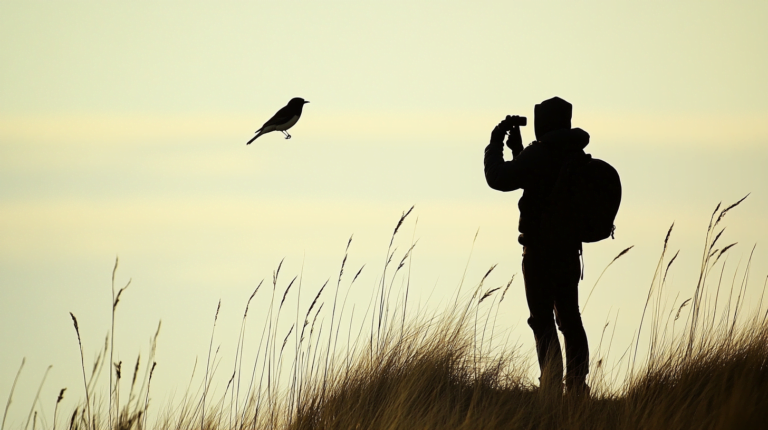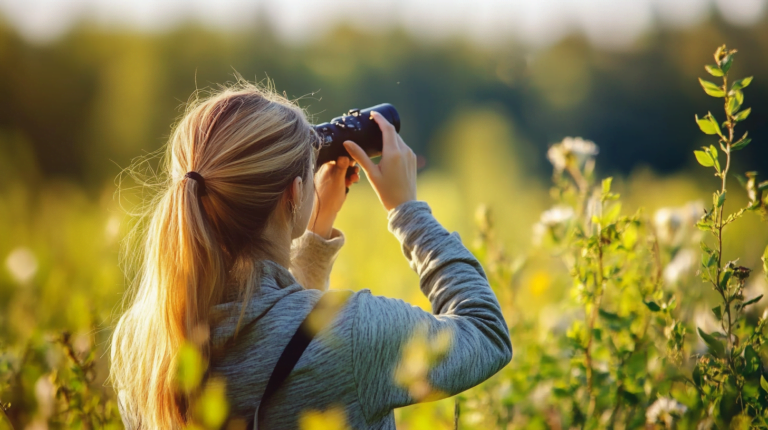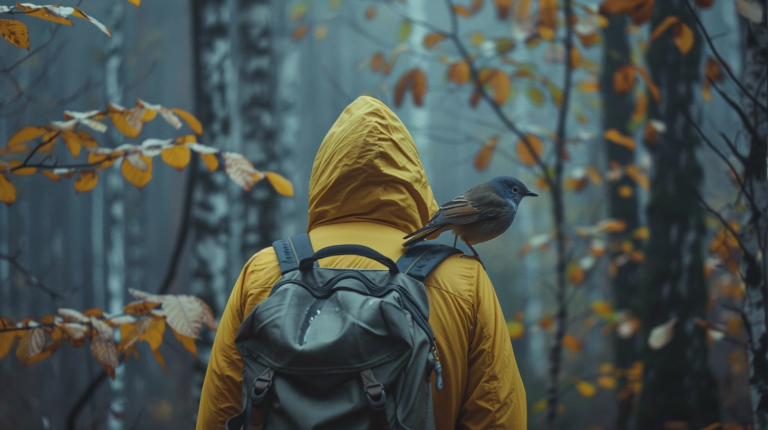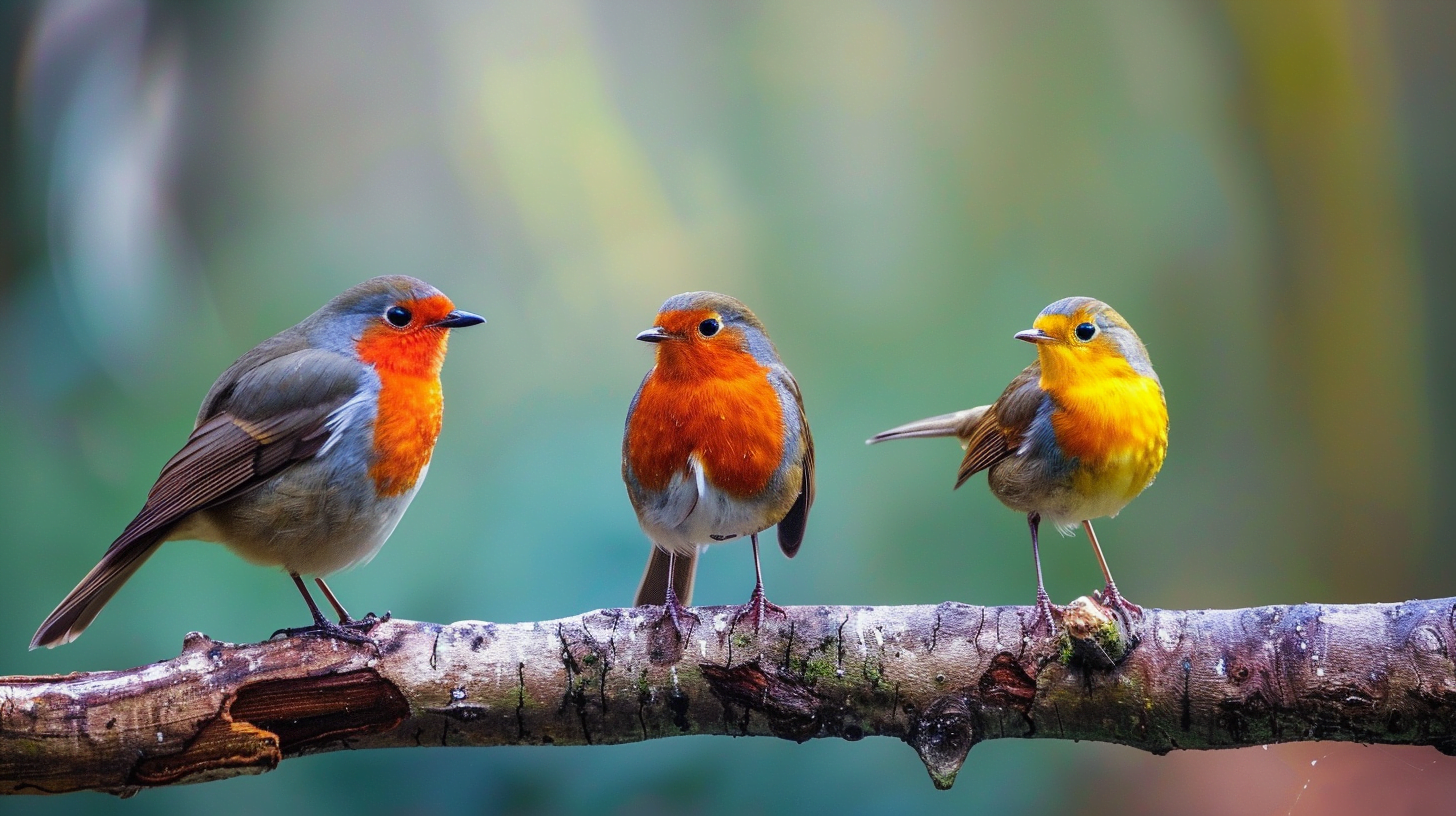
Bird watching, or birding, is a delightful hobby that connects you with nature and offers countless opportunities for discovery. Whether you’re a beginner or looking to refine your skills, this guide will help you get started on your bird watching journey.
What is Bird Watching?
Definition
Bird watching is the practice of observing birds in their natural habitats. It can be done with the naked eye, through binoculars, or with the help of cameras and other equipment.
History
Bird watching has a rich history, dating back to the late 19th century when it became a popular pastime in Europe and North America. The advent of field guides and binoculars made it more accessible to the general public.
Benefits
Bird watching offers numerous benefits:
- Physical Health: Encourages outdoor activity and walking.
- Mental Health: Provides a calming and meditative experience.
- Environmental Awareness: Increases awareness of local ecosystems and conservation efforts.
Getting Started with Bird Watching
Choosing the Right Equipment
Binoculars
A good pair of binoculars is essential. Look for ones with at least 8x magnification and a 40mm lens diameter. Brands like Nikon Monarch and Leupold Yosemite are highly recommended for beginners.
Field Guides
Field guides help you identify birds. Popular options include the Sibley Guide, Kaufman Field Guide, and Peterson Field Guide. These guides provide illustrations, descriptions, and range maps.
Clothing and Gear
Wear comfortable, weather-appropriate clothing. A hat, good shoes, and a daypack for carrying your gear are also useful.
Finding the Best Locations
Local Parks and Reserves
Start by exploring local parks and nature reserves. These areas often have diverse bird populations and are easily accessible.
Backyard Bird Watching
Set up bird feeders and bird baths in your backyard to attract local species. This is a great way to start observing birds without traveling far.
Traveling for Bird Watching
Plan trips to birding hotspots like national parks or coastal areas. These locations often host a variety of bird species, especially during migration seasons.
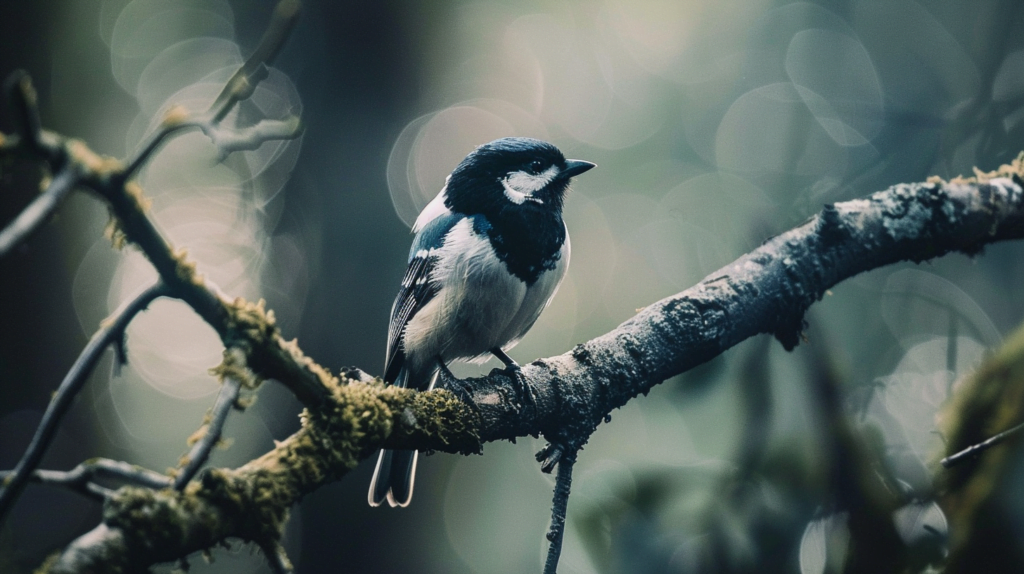
Learning to Identify Birds
Bird Identification Basics
Size and Shape
Observe the size and shape of the bird. Compare it to common birds you know to get a sense of its proportions.
Color Patterns
Note the bird’s color patterns and markings. These can be crucial for identification.
Behavior and Habits
Watch how the bird behaves. Does it hop, walk, or fly in a particular way? Behavior can provide important clues.
Songs and Calls
Learn to identify birds by their songs and calls. Use apps like Merlin Bird ID or listen to recordings to familiarize yourself with different bird sounds.
Using Technology
Birding Apps
Apps like Merlin Bird ID and Audubon Bird Guide offer tools for identifying birds by sight and sound. They are invaluable resources for both beginners and experienced birders.
Online Resources
Websites like eBird and All About Birds provide extensive databases of bird species, sightings, and identification tips.
Bird Watching Techniques
Observation Tips
Patience and Stealth
Birds are easily spooked. Move slowly and quietly to avoid startling them.
Using Binoculars Effectively
Practice using your binoculars to quickly focus on birds. Start by locating the bird with your naked eye, then bring the binoculars up to your eyes without losing sight of the bird.
Note-taking and Sketching
Keep a birding journal to record your observations. Sketching birds can also help you remember their features.
Recording Your Sightings
Birding Journals
Document your sightings in a journal. Note the date, location, weather conditions, and any distinguishing features of the birds you observe.
Photography
Use a camera to capture images of birds. This can help with later identification and provides a visual record of your sightings.
Citizen Science Projects
Participate in projects like the Christmas Bird Count or eBird. These initiatives help track bird populations and contribute to scientific research.
Joining the Bird Watching Community
Bird Watching Clubs and Groups
Local Clubs
Join local bird watching clubs or Audubon Society chapters. These groups often organize bird walks and events, providing opportunities to learn from experienced birders.
Online Communities
Engage with bird watchers online through forums, social media groups, and websites. These platforms offer a wealth of information and support.
Bird Watching Events
Birding Festivals
Attend birding festivals to meet other bird watchers and participate in guided bird walks, workshops, and talks. Events like the Biggest Week in American Birding are great for networking and learning.
Workshops and Courses
Take part in workshops and courses to improve your bird watching skills. Many organizations offer classes on bird identification, photography, and conservation.
Ethical Bird Watching
Respecting Wildlife
Bird Watching Etiquette
Follow guidelines to minimize your impact on birds and their habitats. Keep a respectful distance, avoid disturbing nests, and limit the use of playback calls.
Conservation Efforts
Support conservation initiatives by participating in citizen science projects, advocating for bird-friendly policies, and maintaining bird-friendly environments at home.
Protecting Habitats
Leave No Trace
Practice Leave No Trace principles to minimize your environmental impact. Stay on trails, avoid trampling vegetation, and pack out all trash.
Supporting Conservation Organizations
Donate to or volunteer with organizations dedicated to bird conservation. Your efforts can make a significant difference in protecting bird habitats.
Advanced Bird Watching Tips
Seasonal Bird Watching
Migration Patterns
Learn about bird migration patterns to know when and where to find different species. Spring and fall migrations are peak times for bird watching.
Seasonal Hotspots
Identify local hotspots that attract birds during different seasons. Wetlands, forests, and coastal areas are often rich in bird life during migration periods.
Specialized Bird Watching
Raptors and Waterfowl
Focus on specific types of birds like raptors or waterfowl. Each group has unique behaviors and habitats that can be fascinating to study.
Rare and Endangered Species
Seek out rare and endangered species. Use resources like eBird to find recent sightings and plan your trips accordingly.
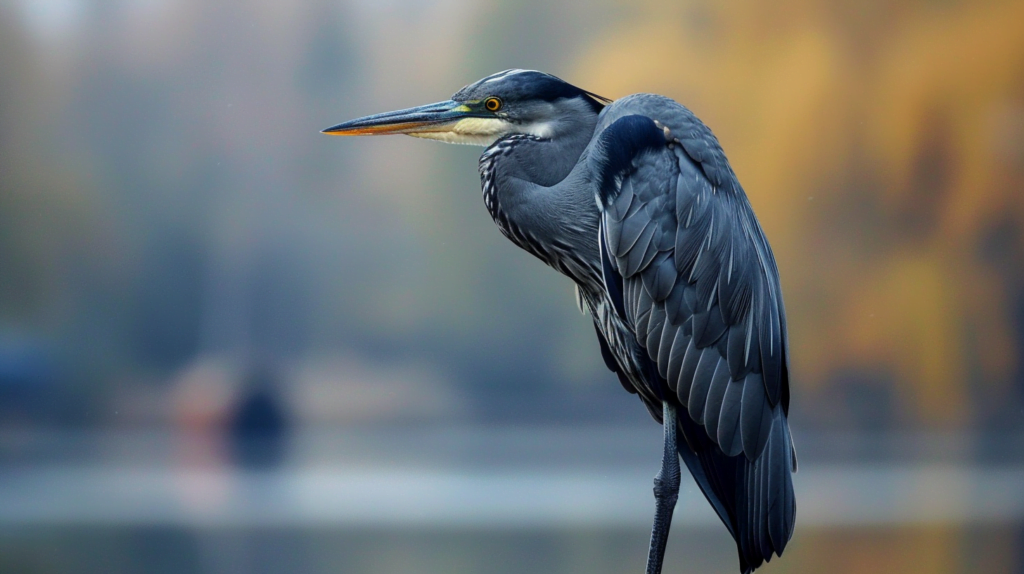
Conclusion
Bird watching is a rewarding hobby that offers endless opportunities for discovery and connection with nature. By equipping yourself with the right tools, learning bird identification techniques, and joining the bird watching community, you can enhance your birding experience.
Don’t be discouraged if you don’t identify every bird right away. Bird watching is a journey, and each outing brings new learning experiences.
Share your bird watching experiences in the comments below. What tips have you found most helpful? What birds have you spotted recently?
Additional Resources
Recommended Books and Guides
- The Sibley Guide to Birds
- Kaufman Field Guide to Birds of North America
- Peterson Field Guide to Birds
Useful Websites and Apps
- eBird
- All About Birds
- Merlin Bird ID
Bird Watching Gear
- Nikon Monarch Binoculars
- Leupold Yosemite Binoculars
- Field Notebooks
FAQs
Common Questions
- What is the best time of day for bird watching?
Early morning and late afternoon are typically the best times as birds are most active then. - Do I need expensive equipment to start bird watching?
No, you can start with basic equipment like a good pair of binoculars and a field guide.
Troubleshooting
- What if I can’t identify a bird?
Take notes and photos, then consult your field guide or ask for help from online communities or local birders.
By following this comprehensive guide, you’ll be well on your way to becoming an avid bird watcher. Happy birding!
